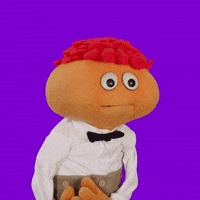Any chance this can be adapted to work with WebGPU?
Switching to WebGPU yields these errors:
BJS - [22:49:42]: Sampler “mapSampler” could not be bound. entry={“binding”:2,“visibility”:2,“sampler”:{“type”:“filtering”}}, materialContext={“uniqueId”:7,“updateId”:0,“textureState”:0,“samplers”:{},“textures”:{},“isDirty”:false,“_numFloatOrDepthTextures”:0,“_numExternalTextures”:0}
e._LogEnabled @ logger.ts:107
BJS - [22:49:42]: Texture “map” could not be bound. entry={“binding”:1,“visibility”:2,“texture”:{“sampleType”:“float”,“viewDimension”:“2d”,“multisampled”:false}}, materialContext={“uniqueId”:7,“updateId”:0,“textureState”:0,“samplers”:{},“textures”:{},“isDirty”:false,“_numFloatOrDepthTextures”:0,“_numExternalTextures”:0}
e._LogEnabled @ logger.ts:107
BJS - [22:49:42]: Sampler “alphaMapSampler” could not be bound. entry={“binding”:4,“visibility”:2,“sampler”:{“type”:“filtering”}}, materialContext={“uniqueId”:7,“updateId”:0,“textureState”:0,“samplers”:{},“textures”:{},“isDirty”:false,“_numFloatOrDepthTextures”:0,“_numExternalTextures”:0}
e._LogEnabled @ logger.ts:107
BJS - [22:49:42]: Texture “alphaMap” could not be bound. entry={“binding”:3,“visibility”:2,“texture”:{“sampleType”:“float”,“viewDimension”:“2d”,“multisampled”:false}}, materialContext={“uniqueId”:7,“updateId”:0,“textureState”:0,“samplers”:{},“textures”:{},“isDirty”:false,“_numFloatOrDepthTextures”:0,“_numExternalTextures”:0}
![]()




